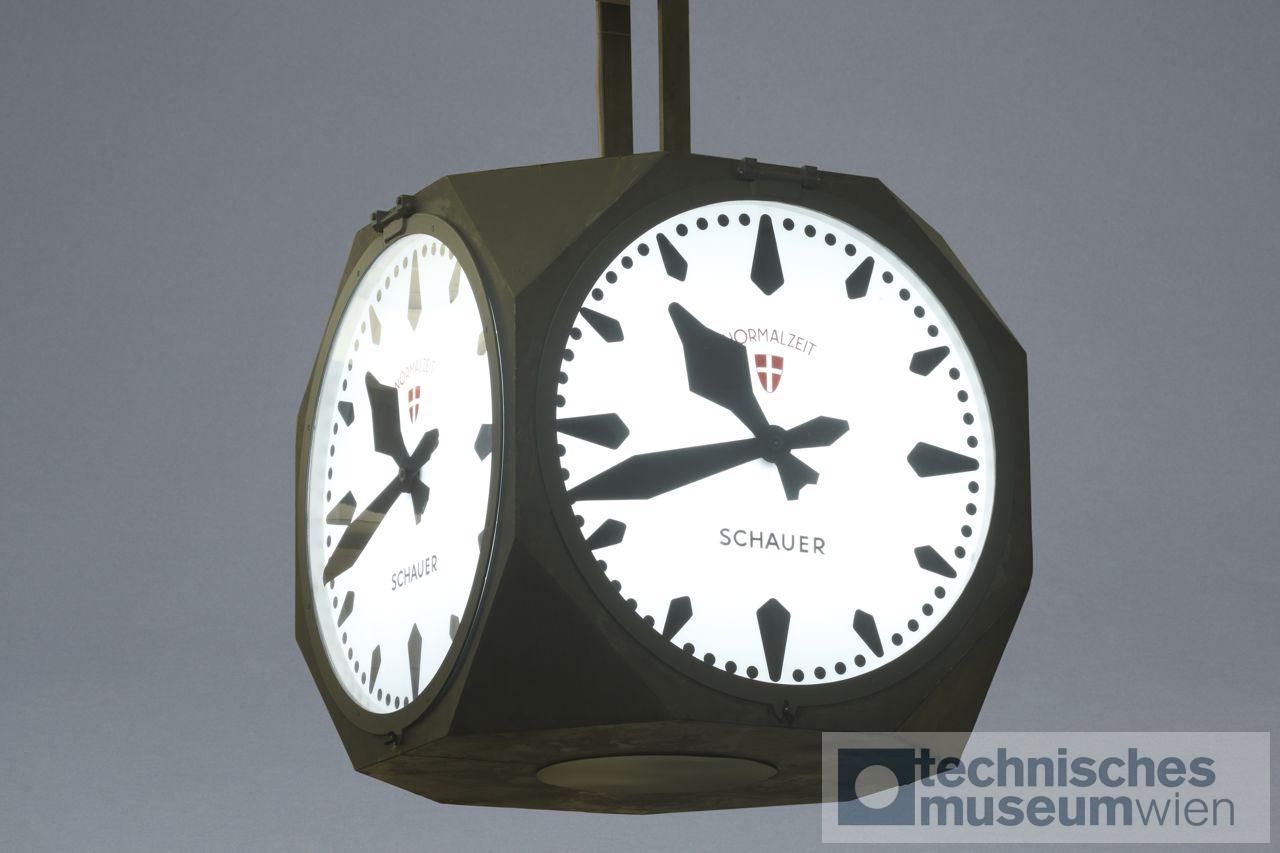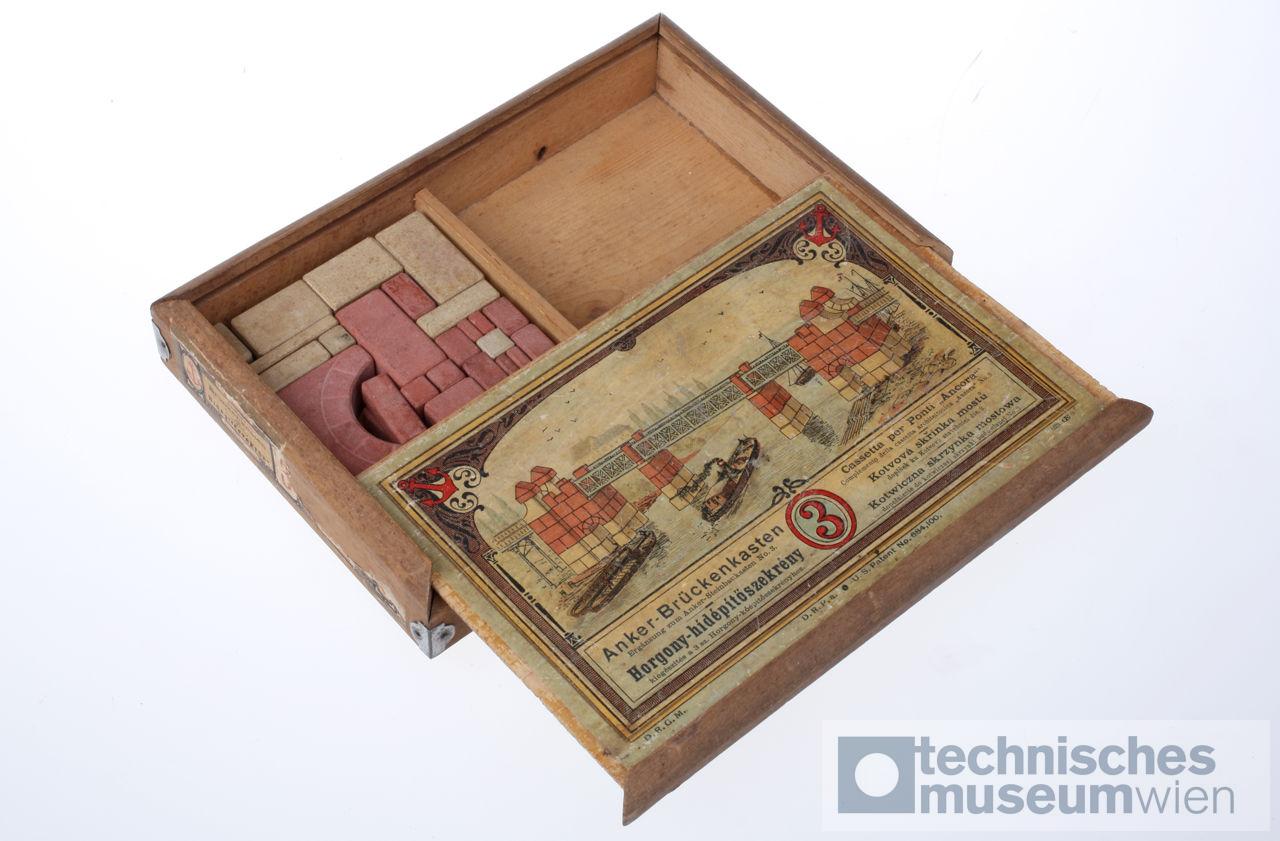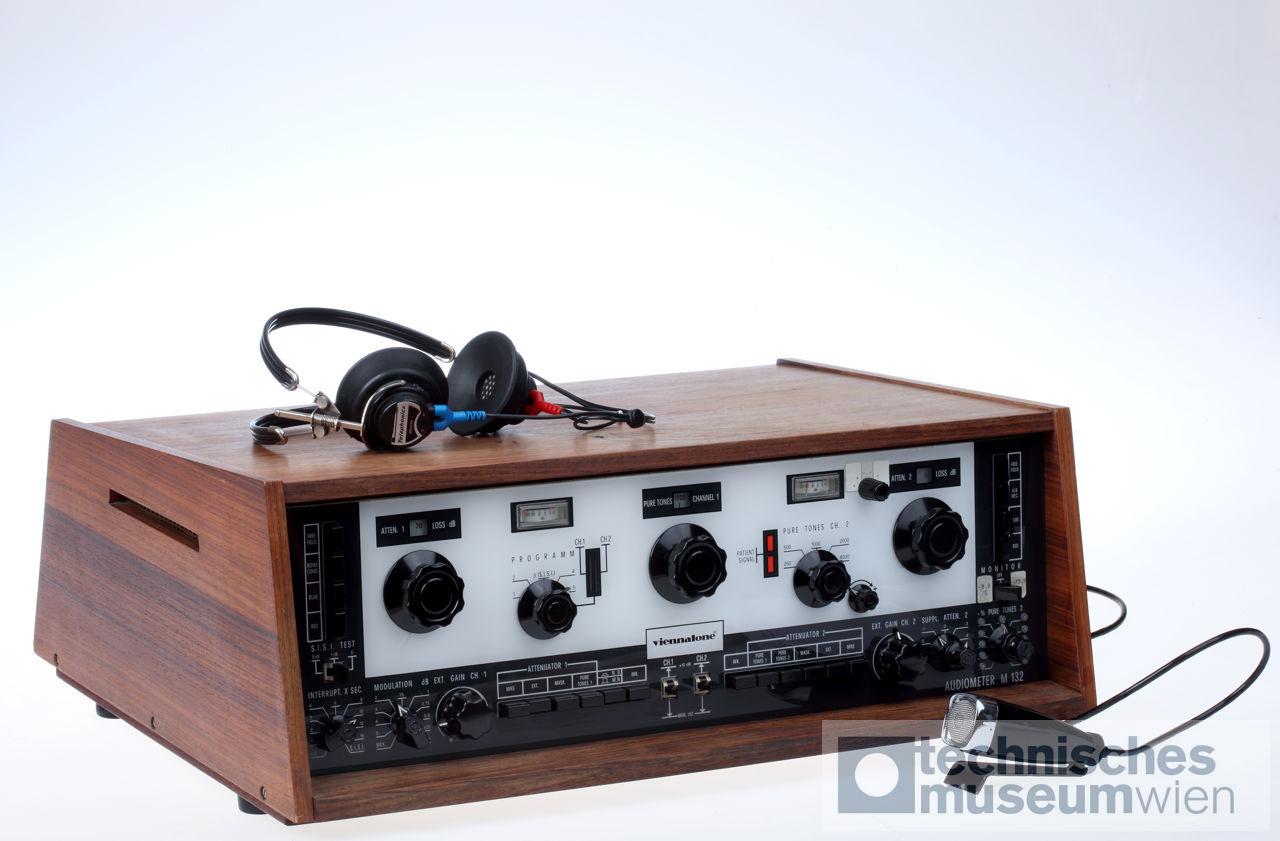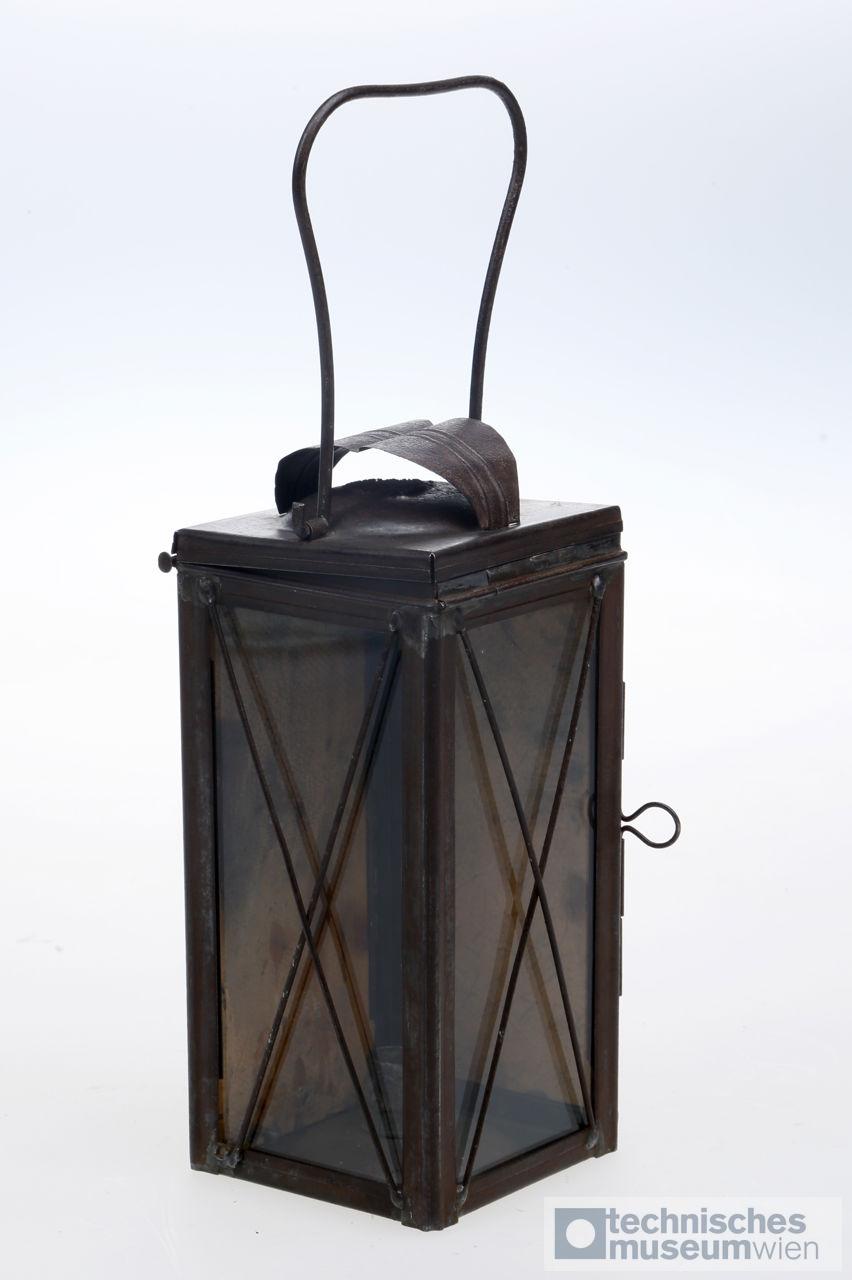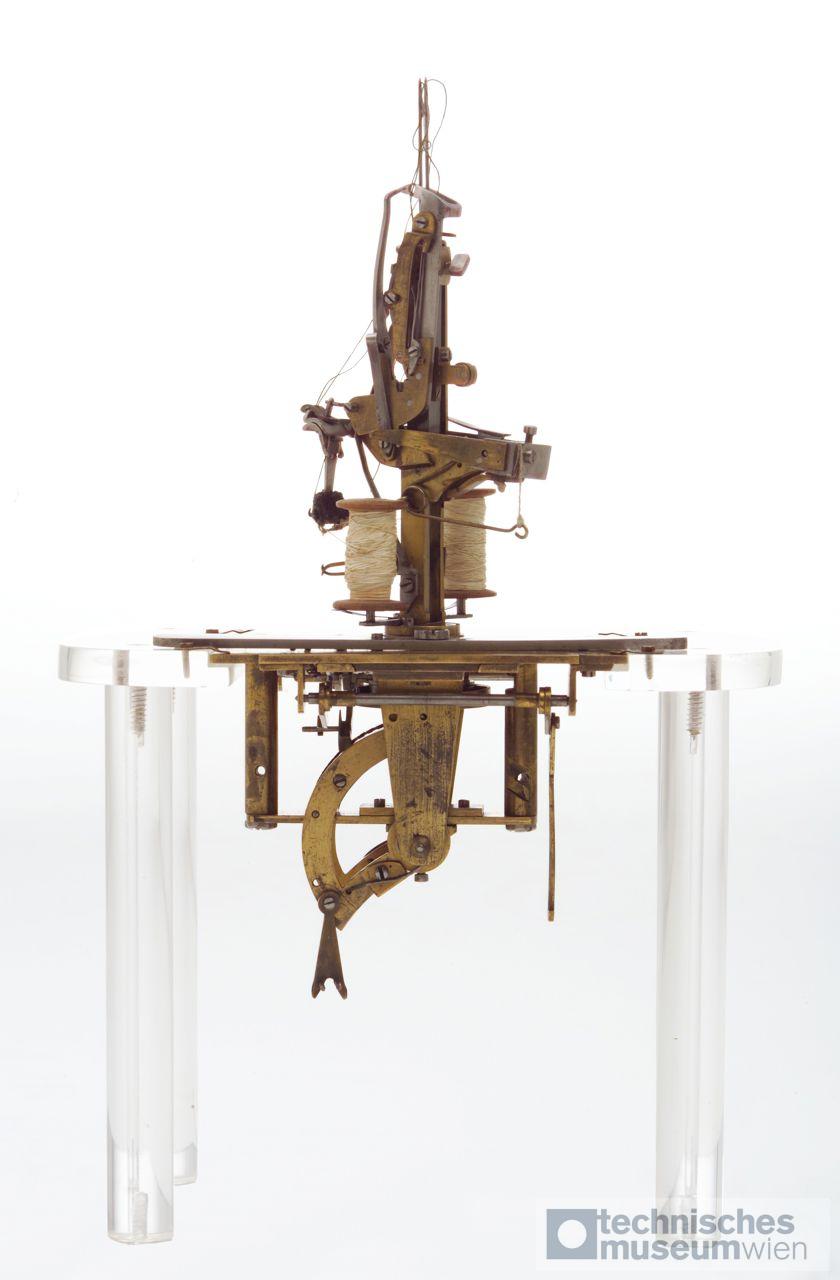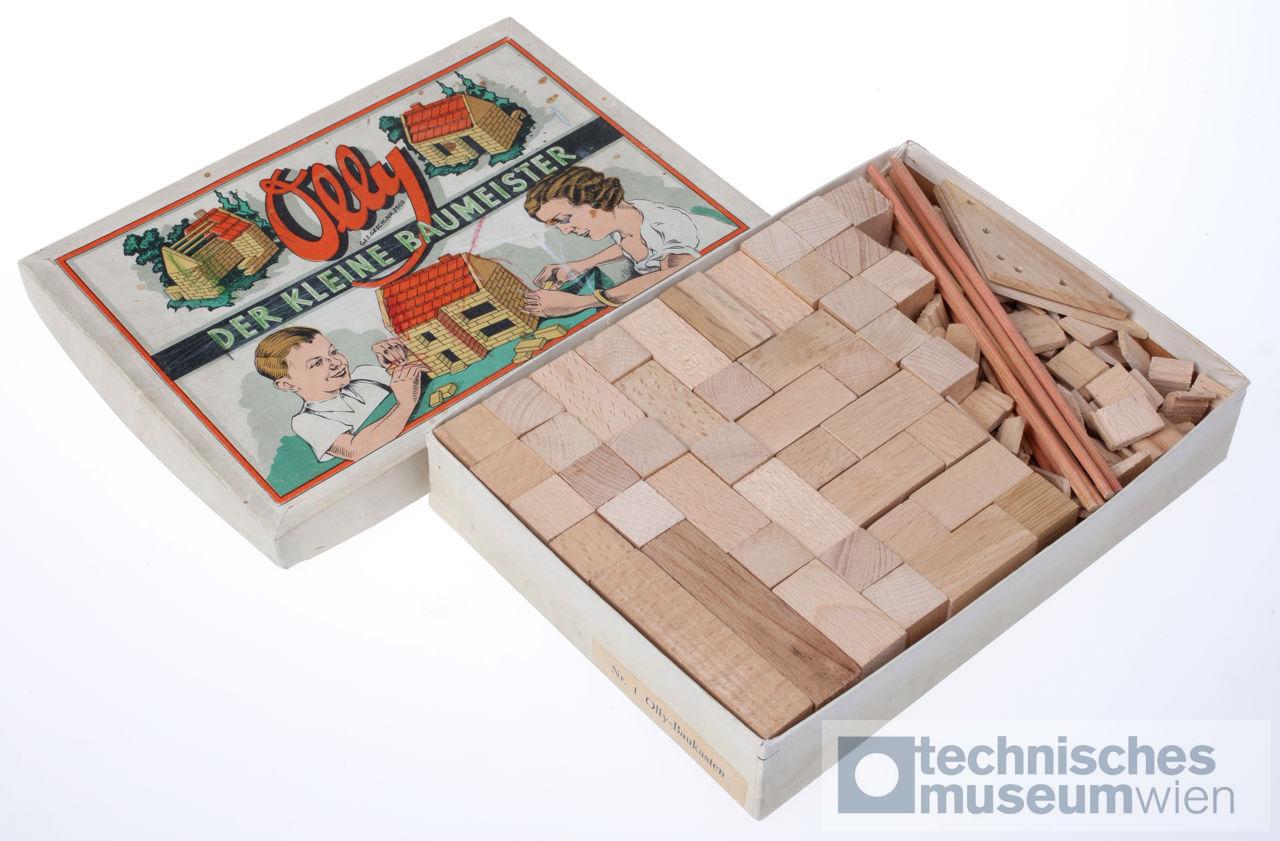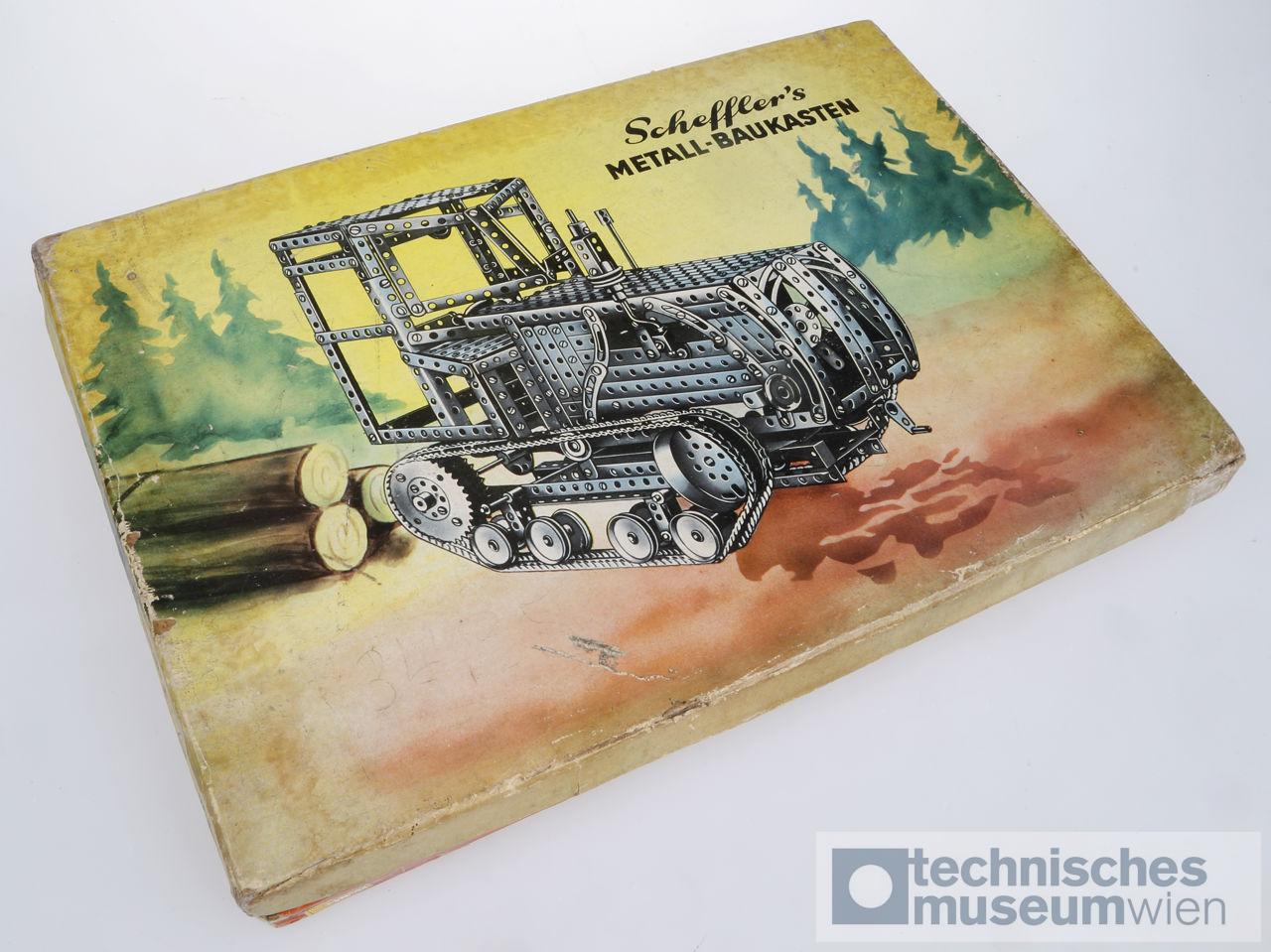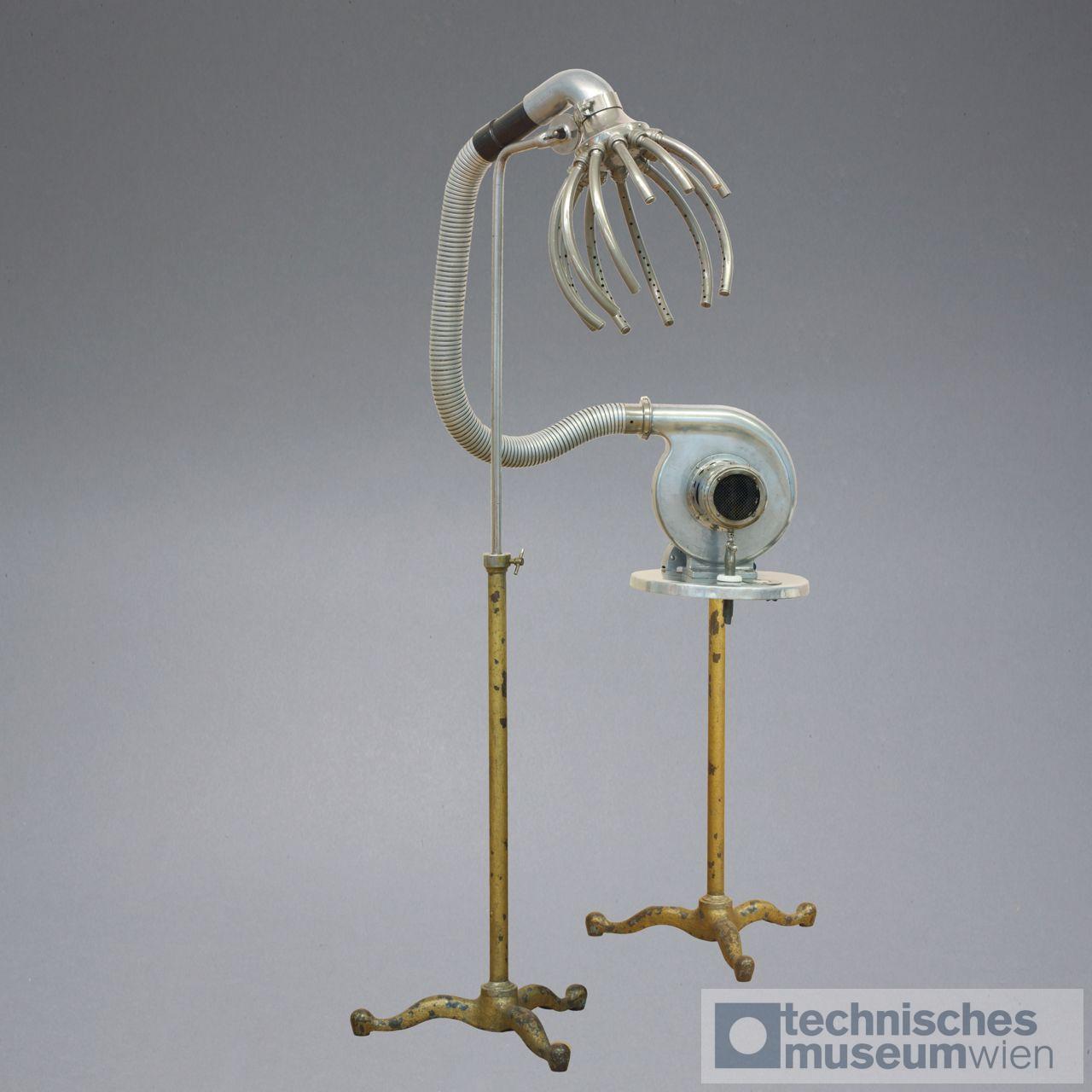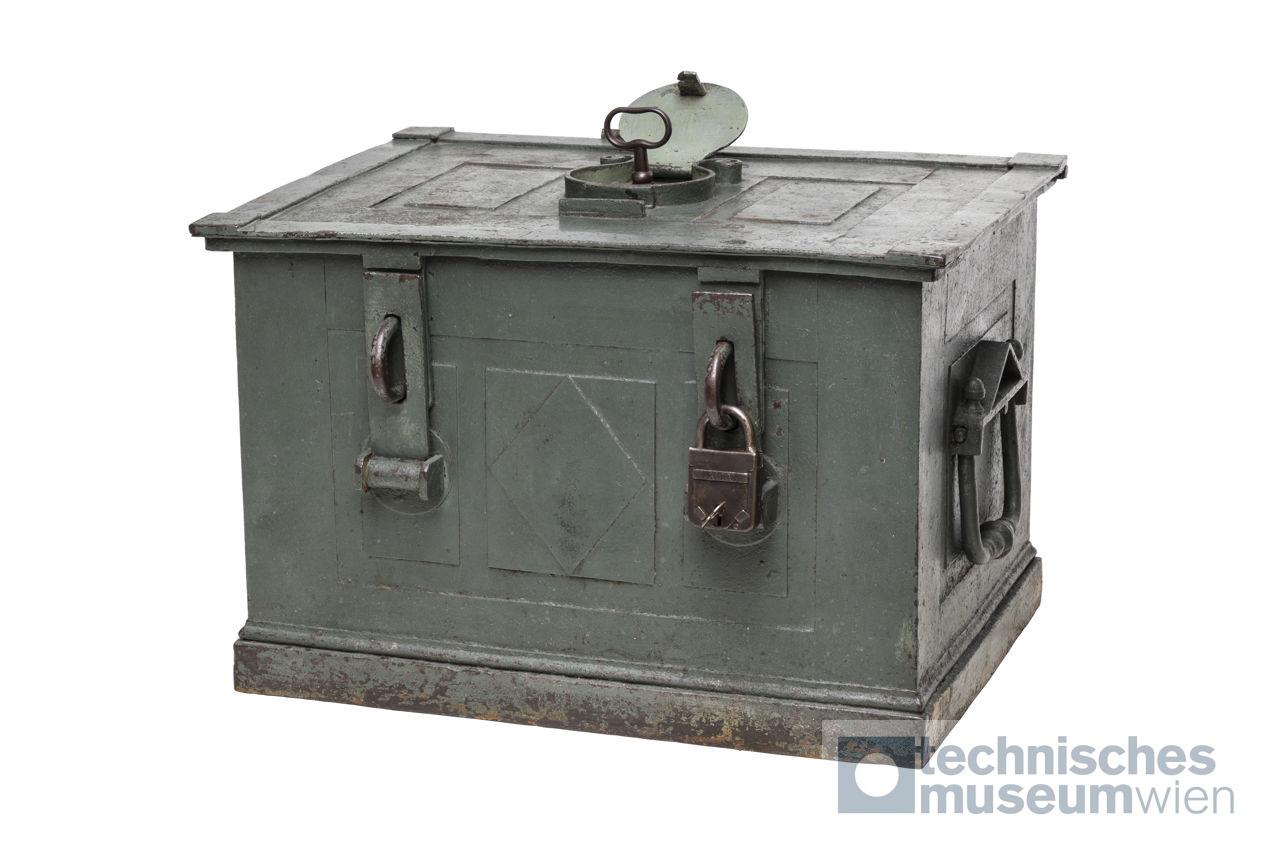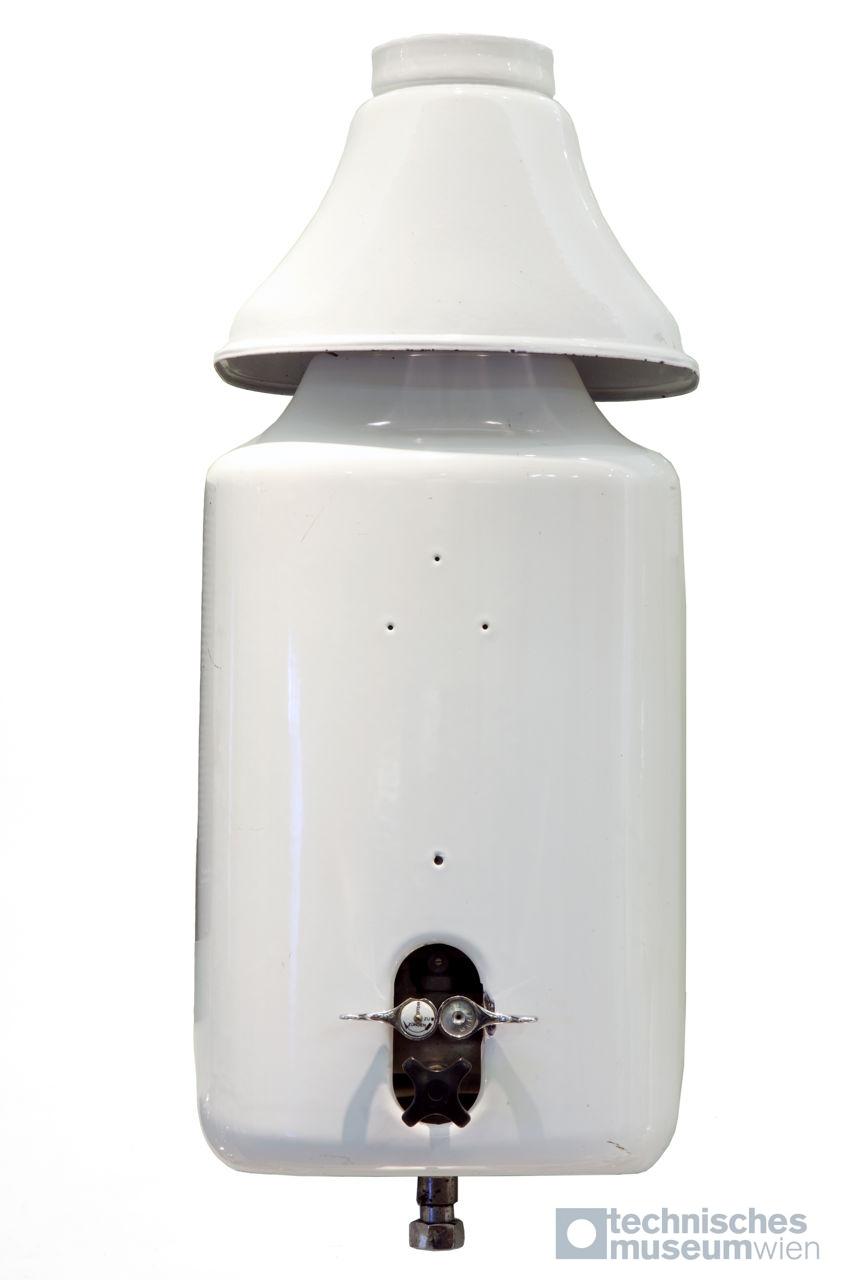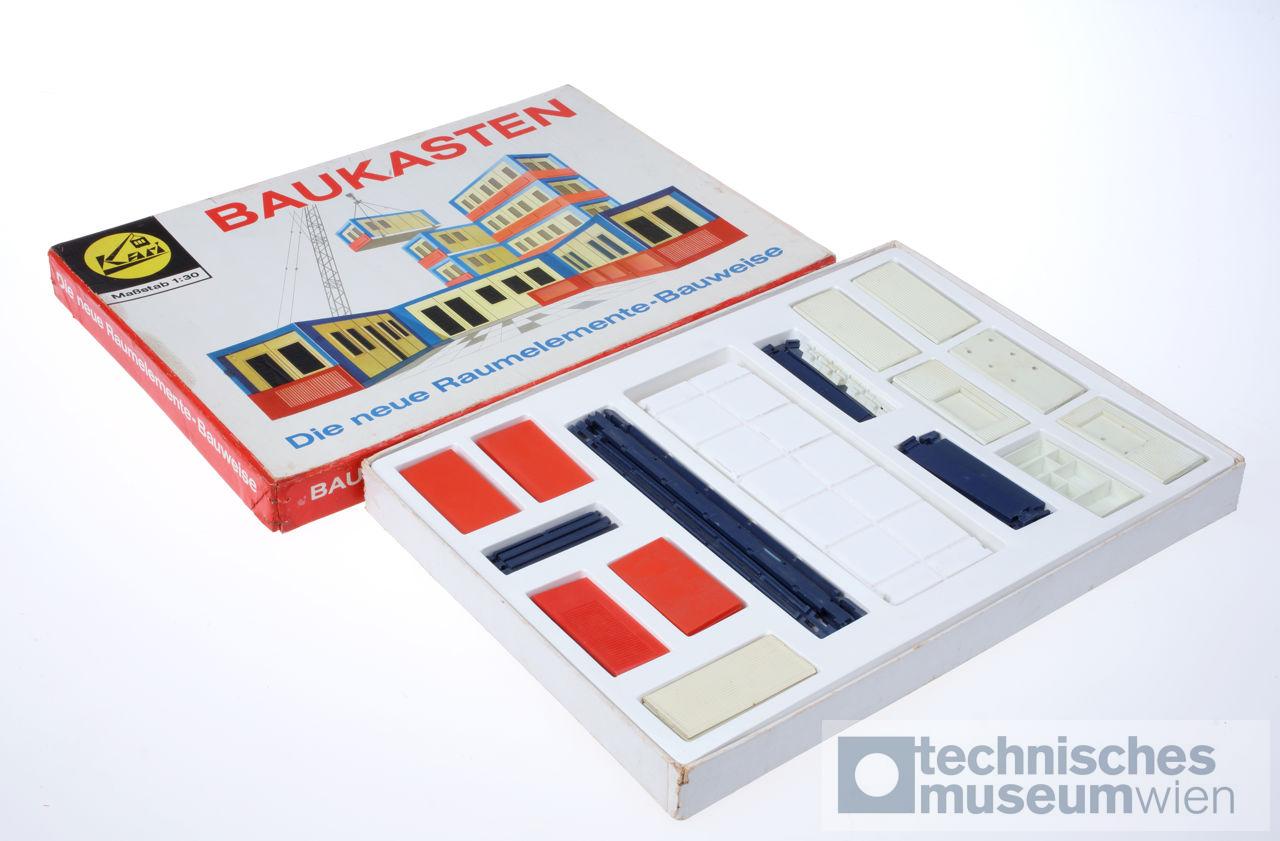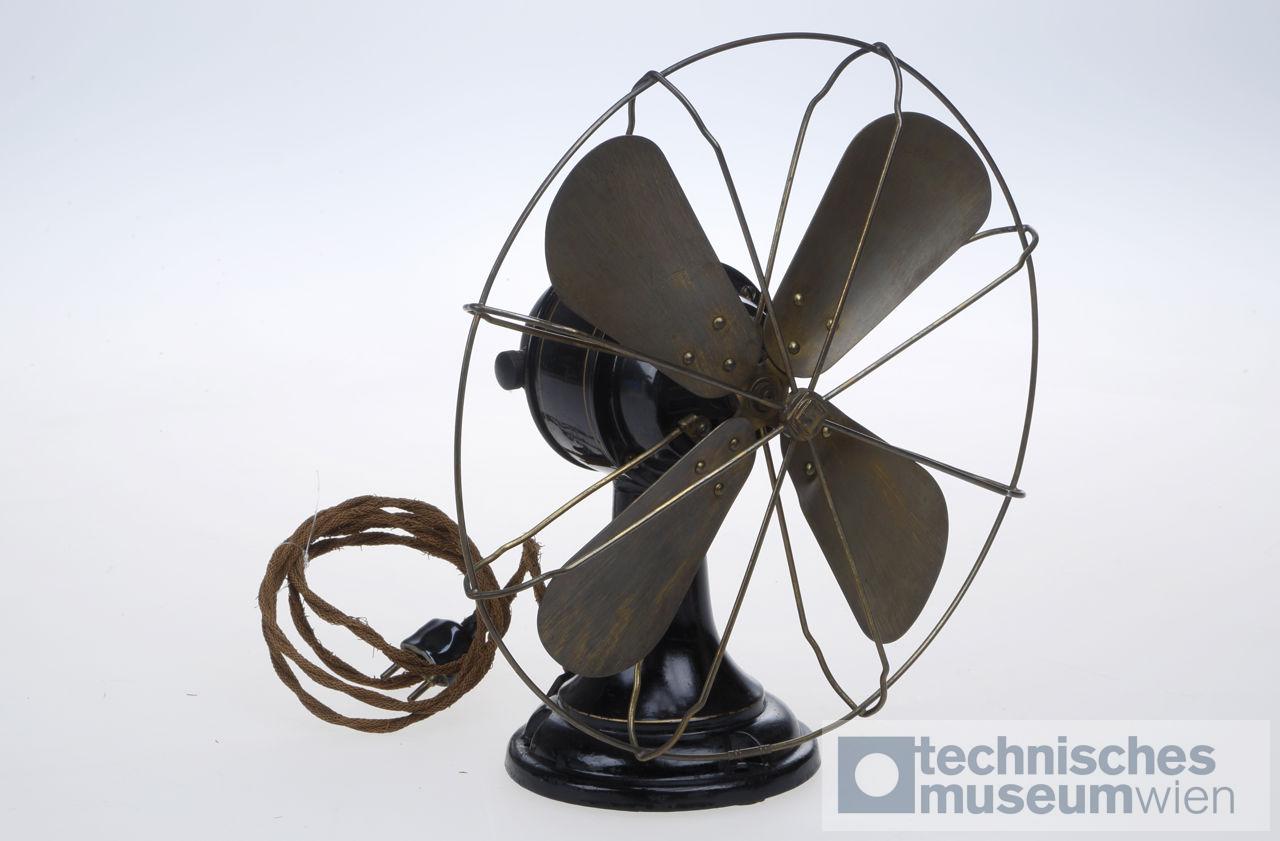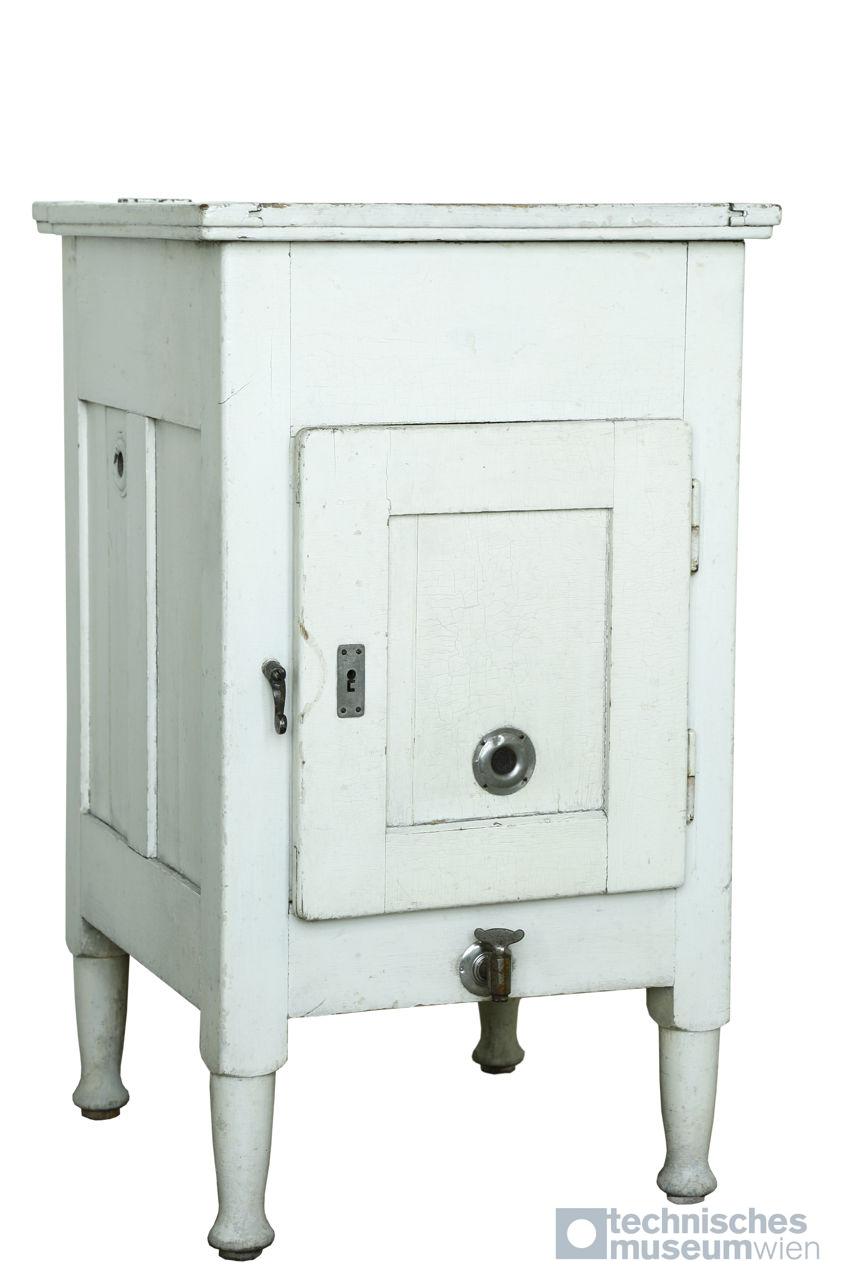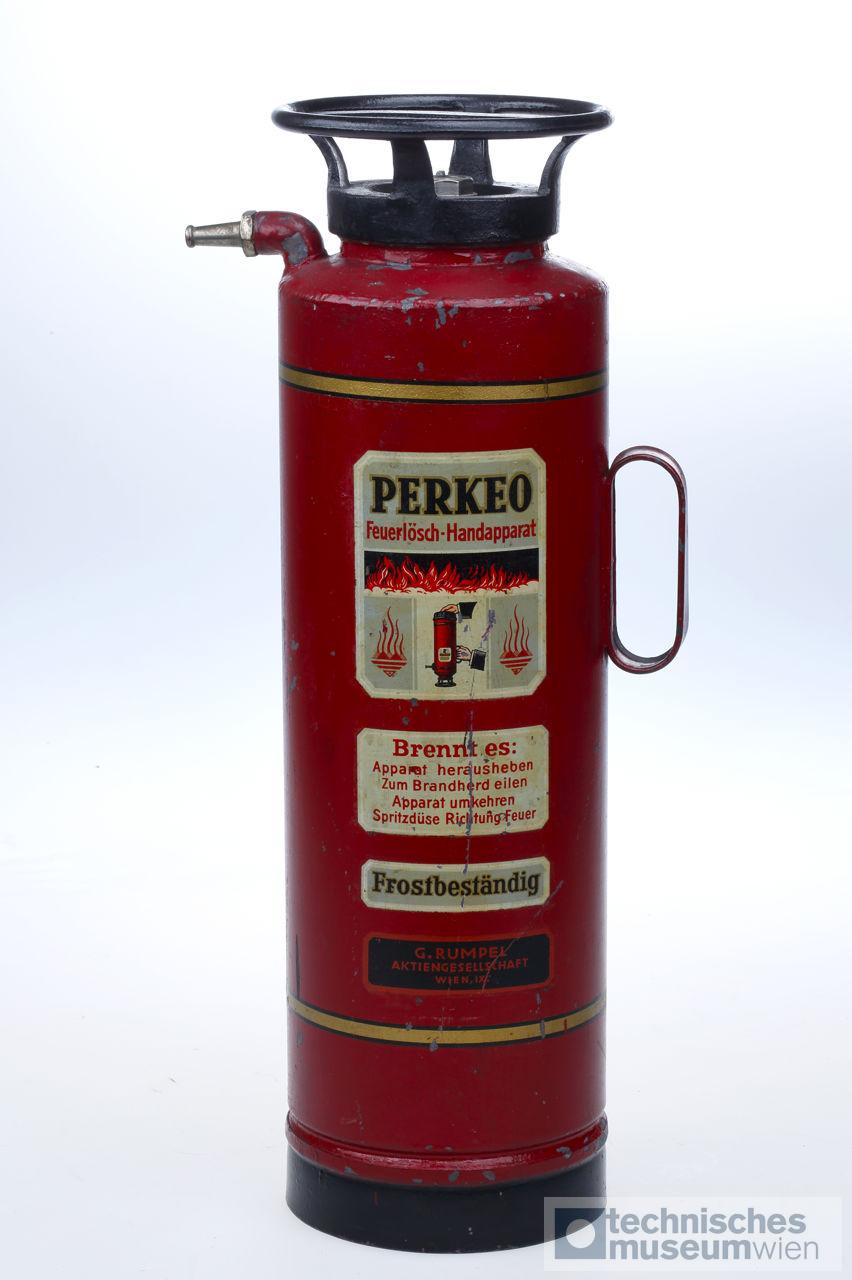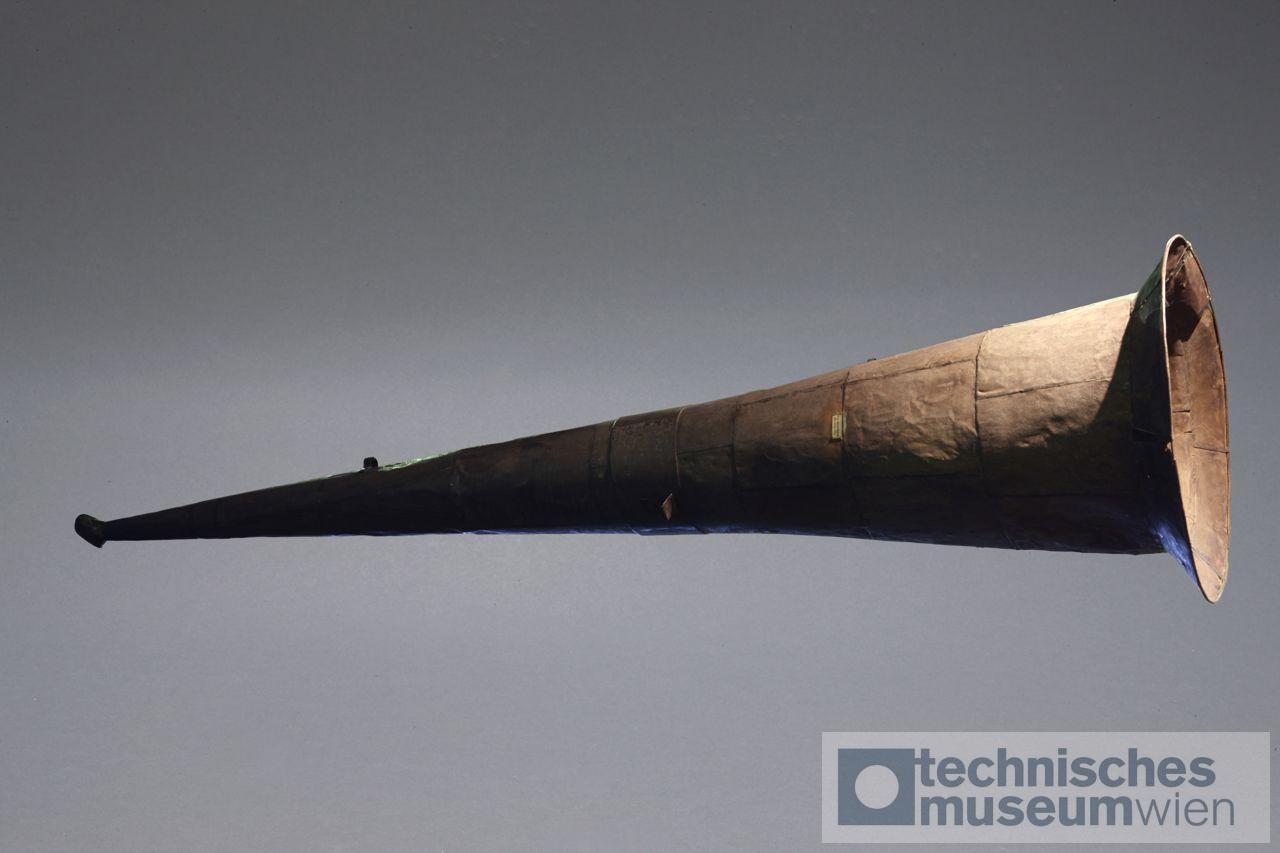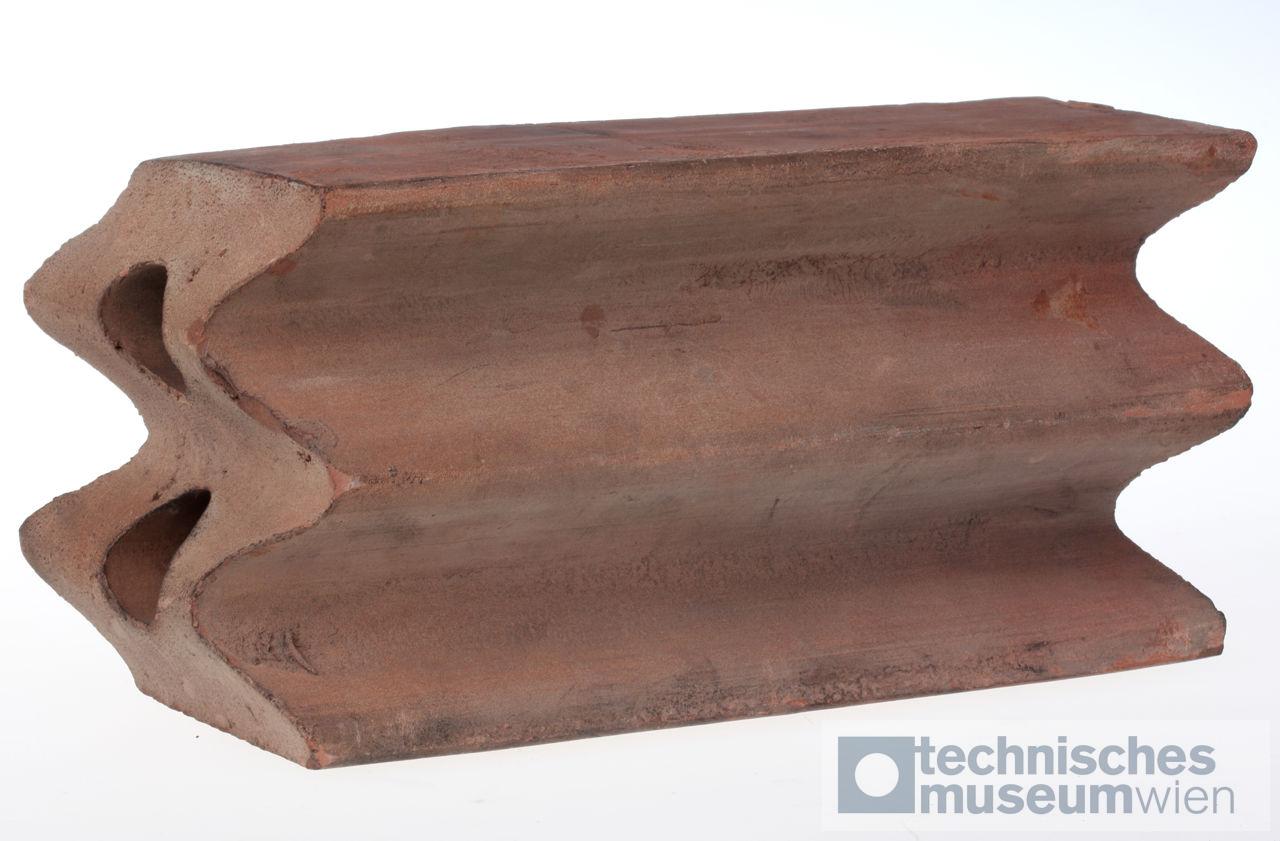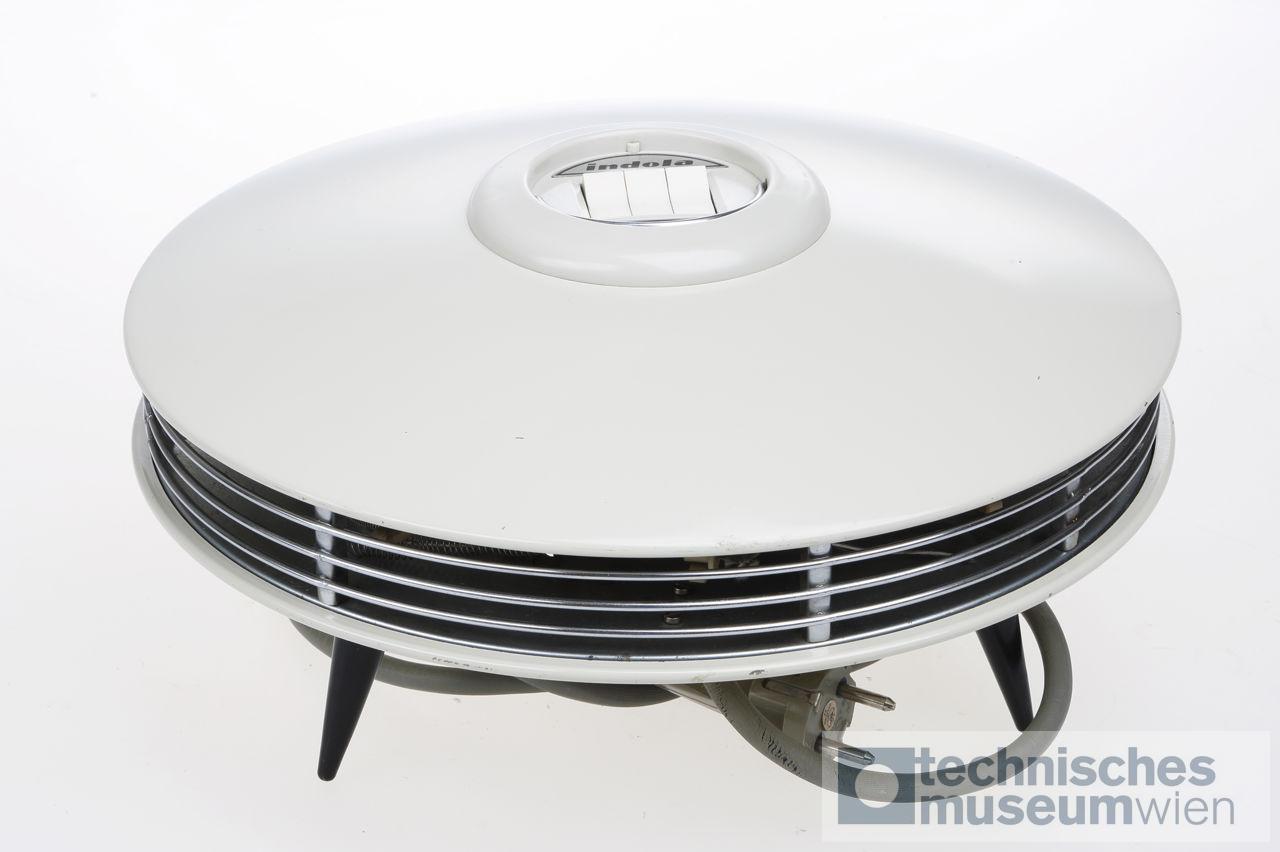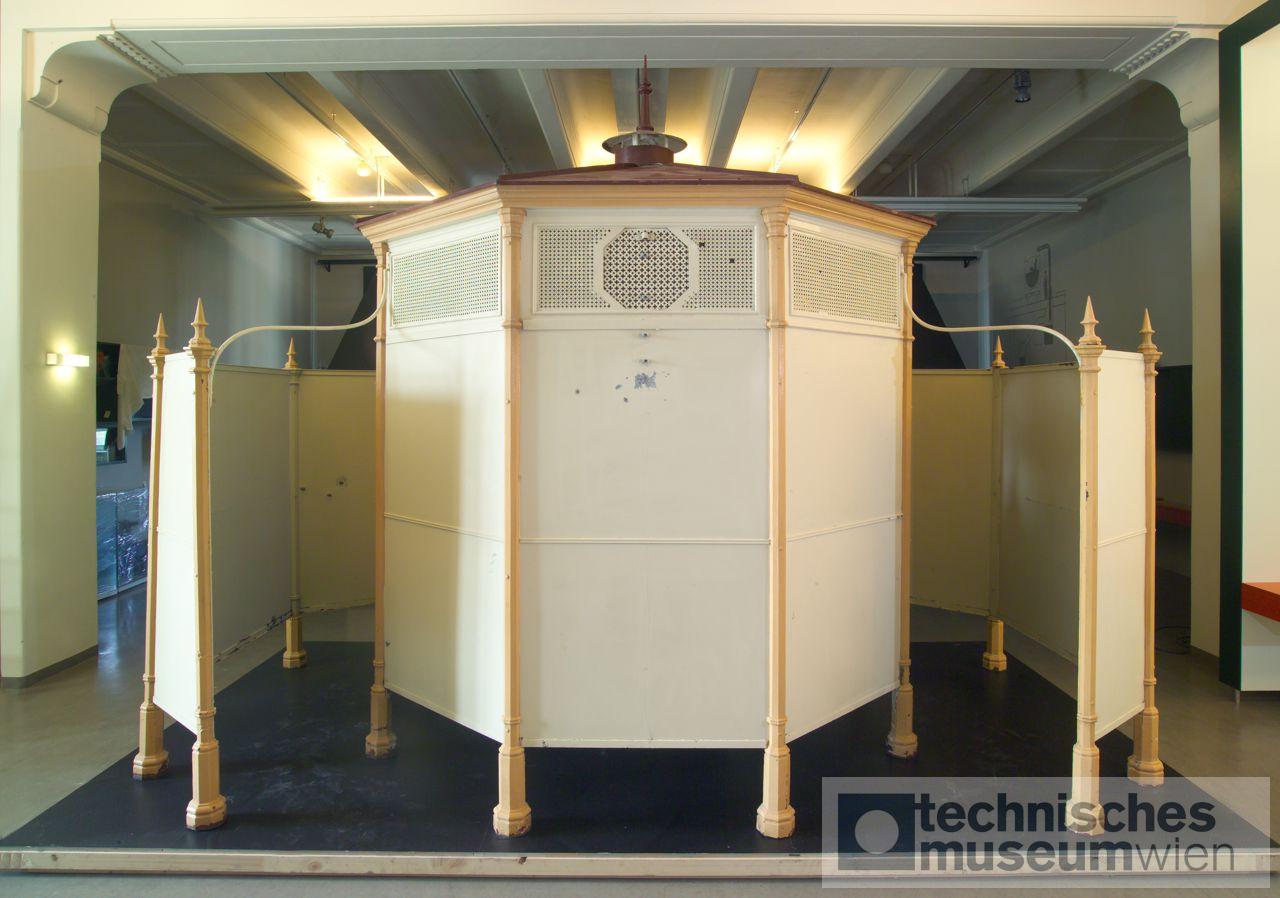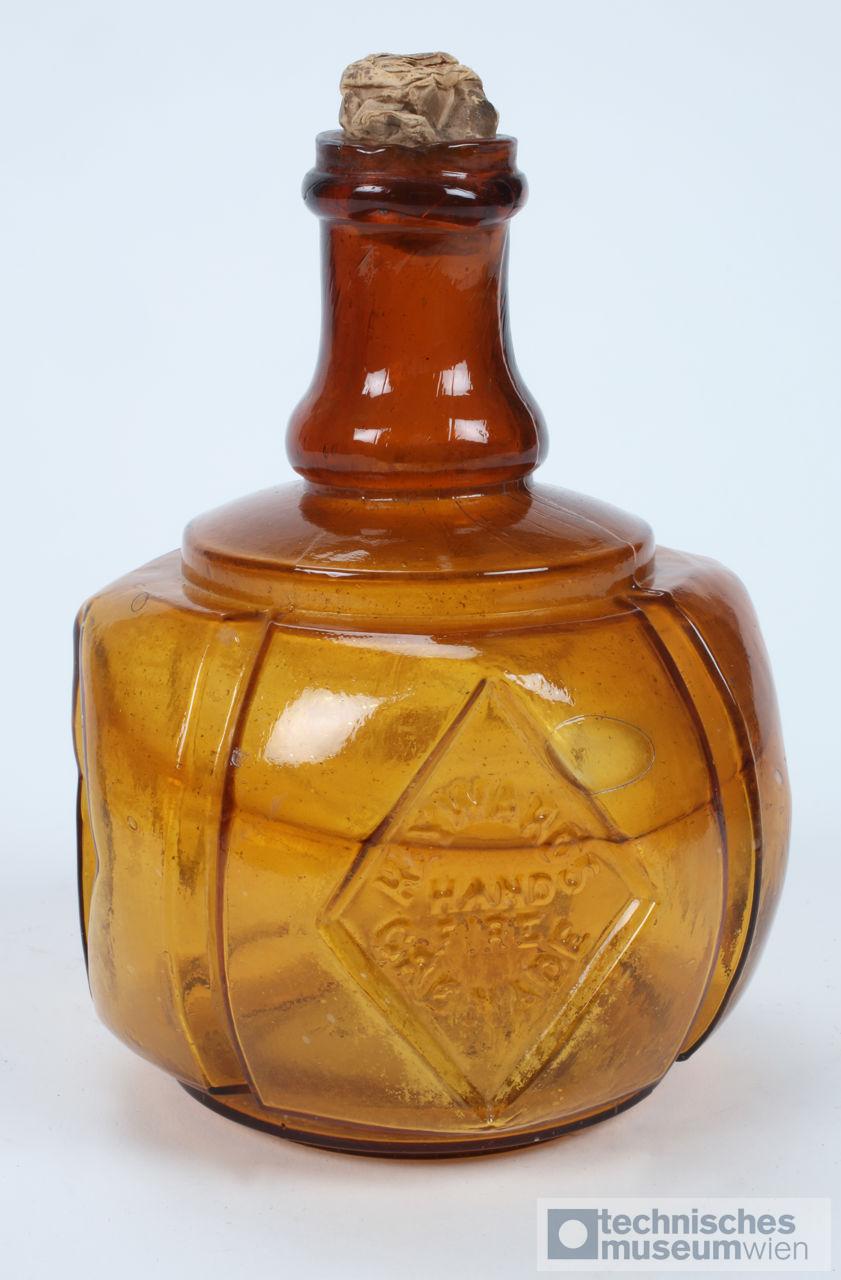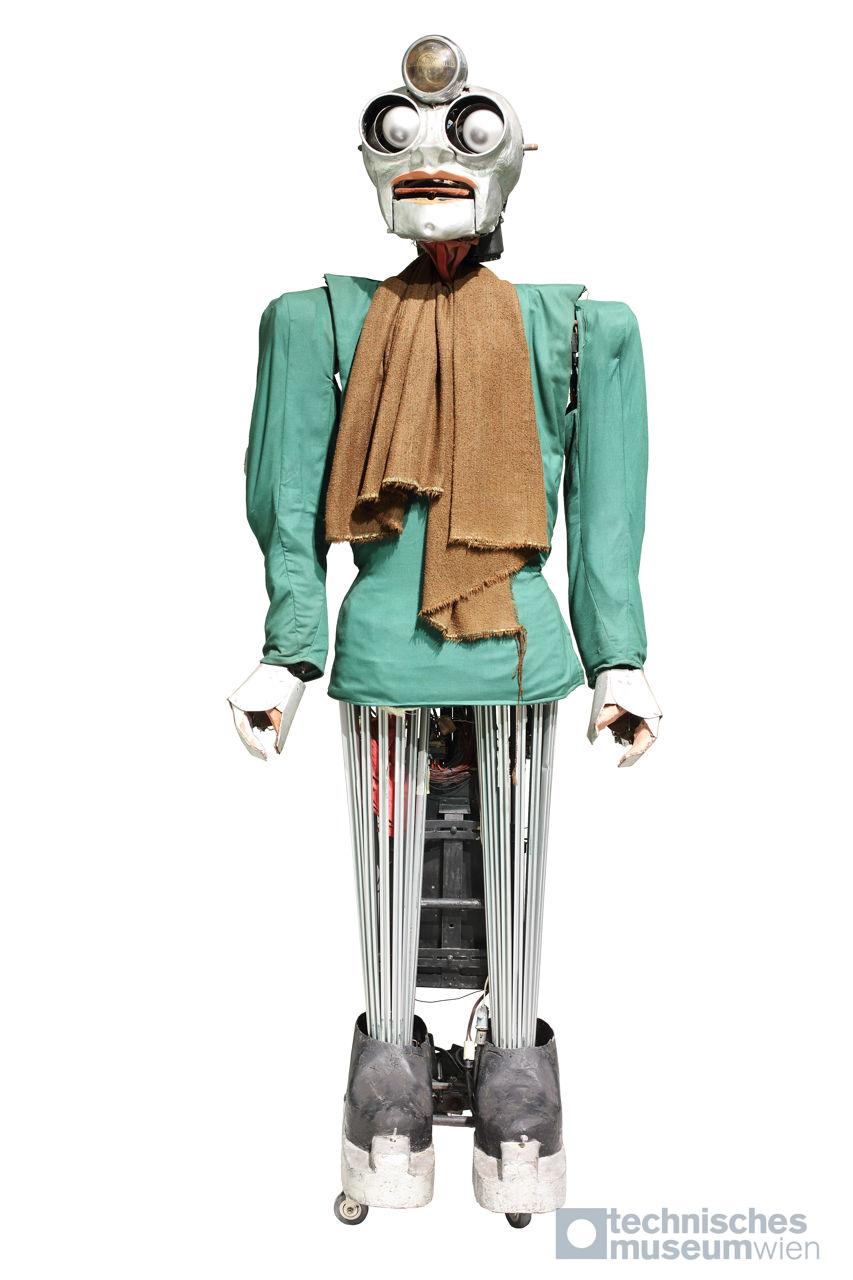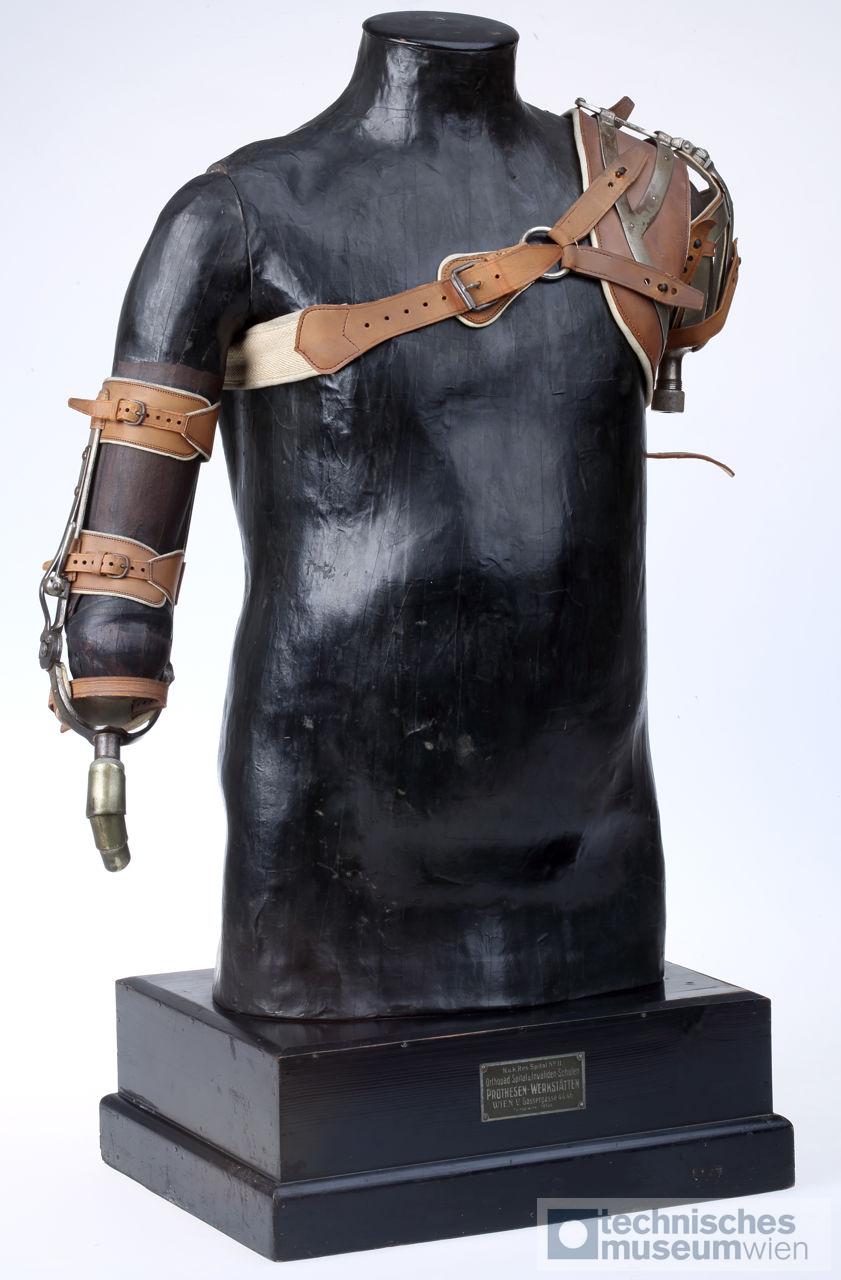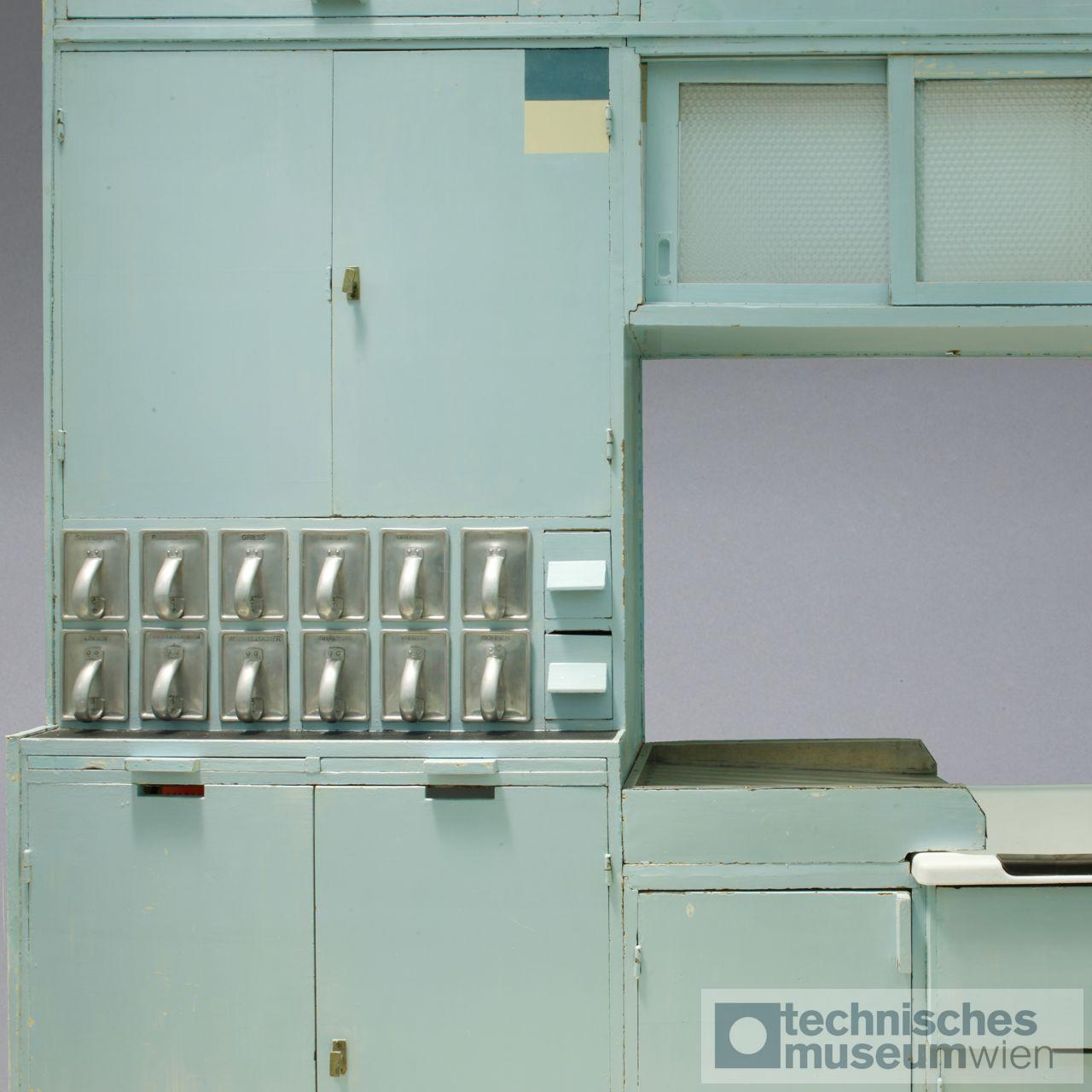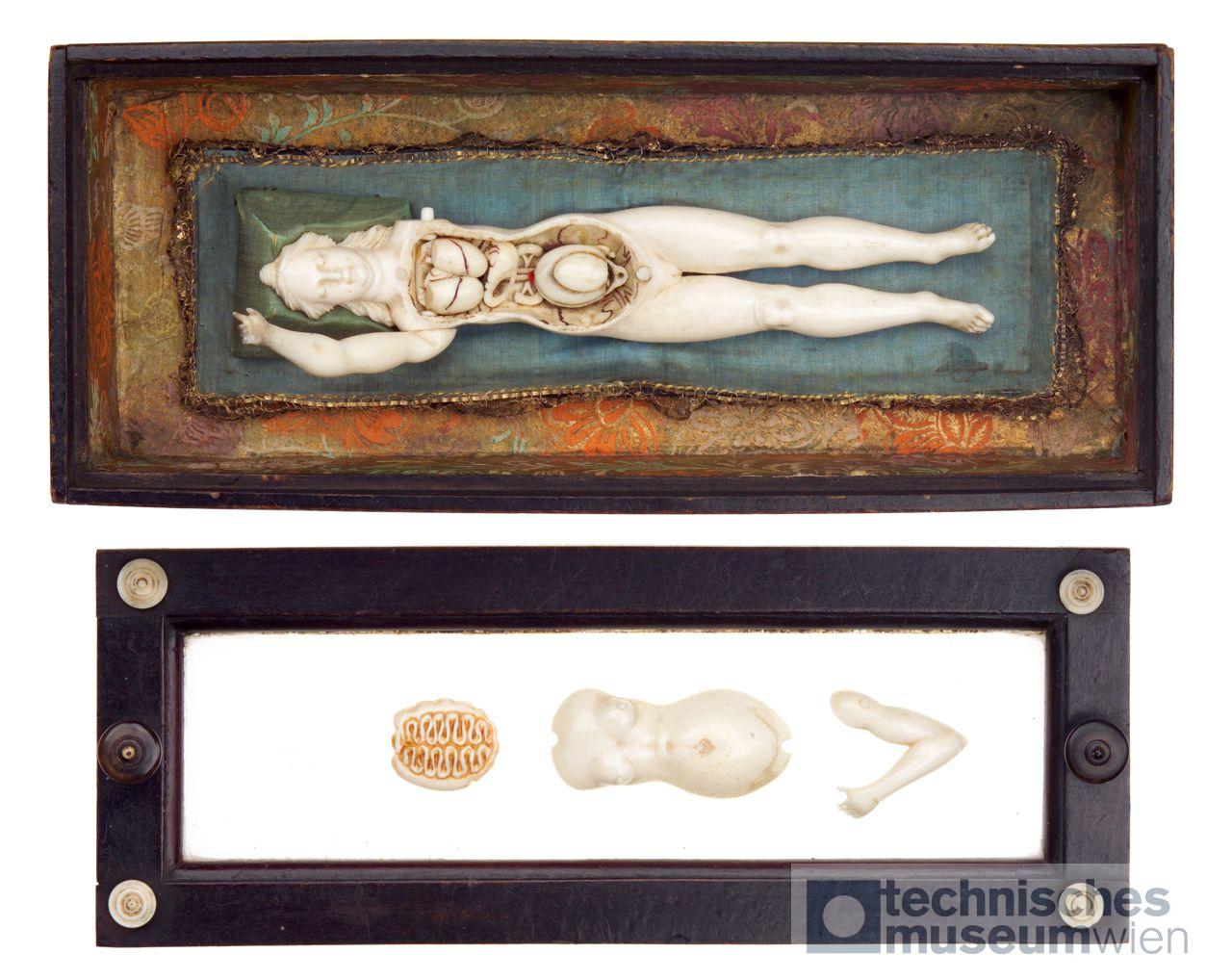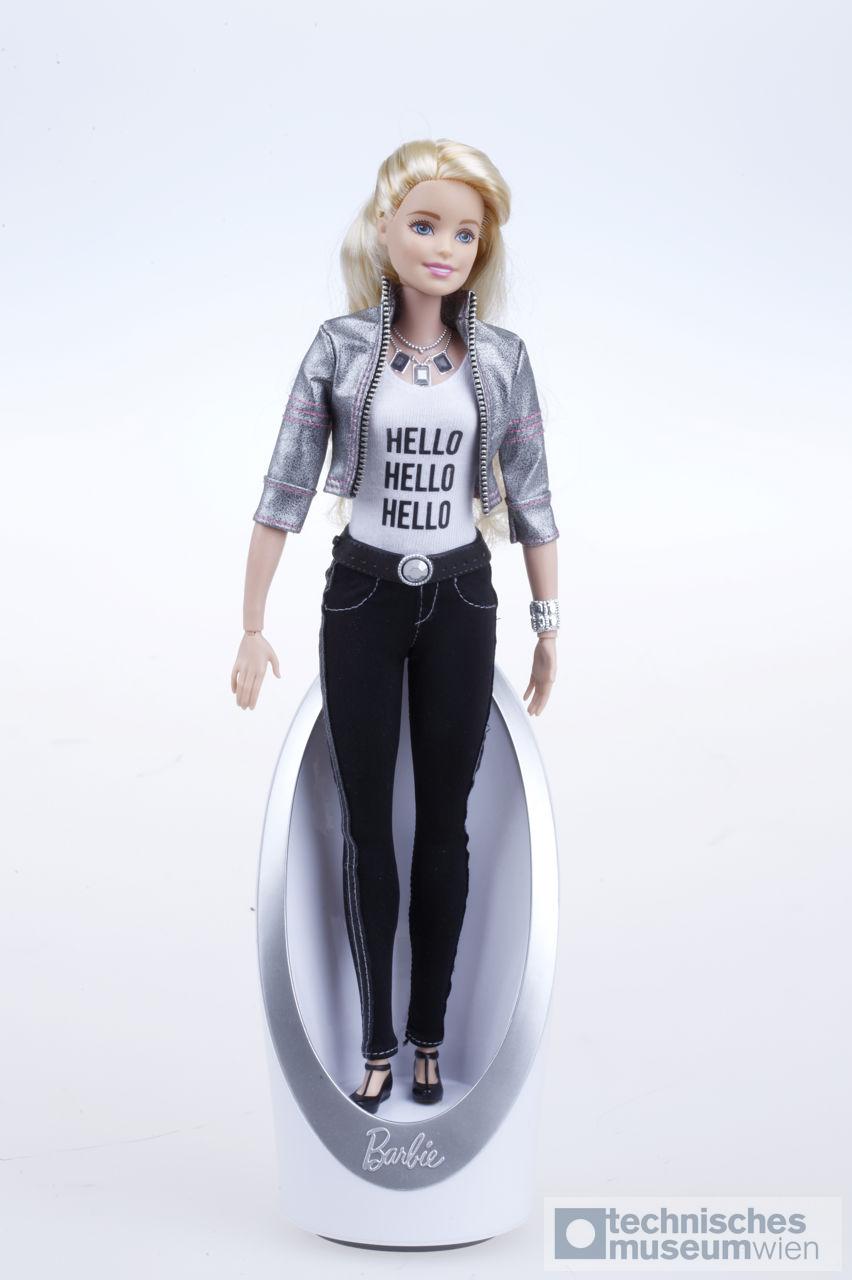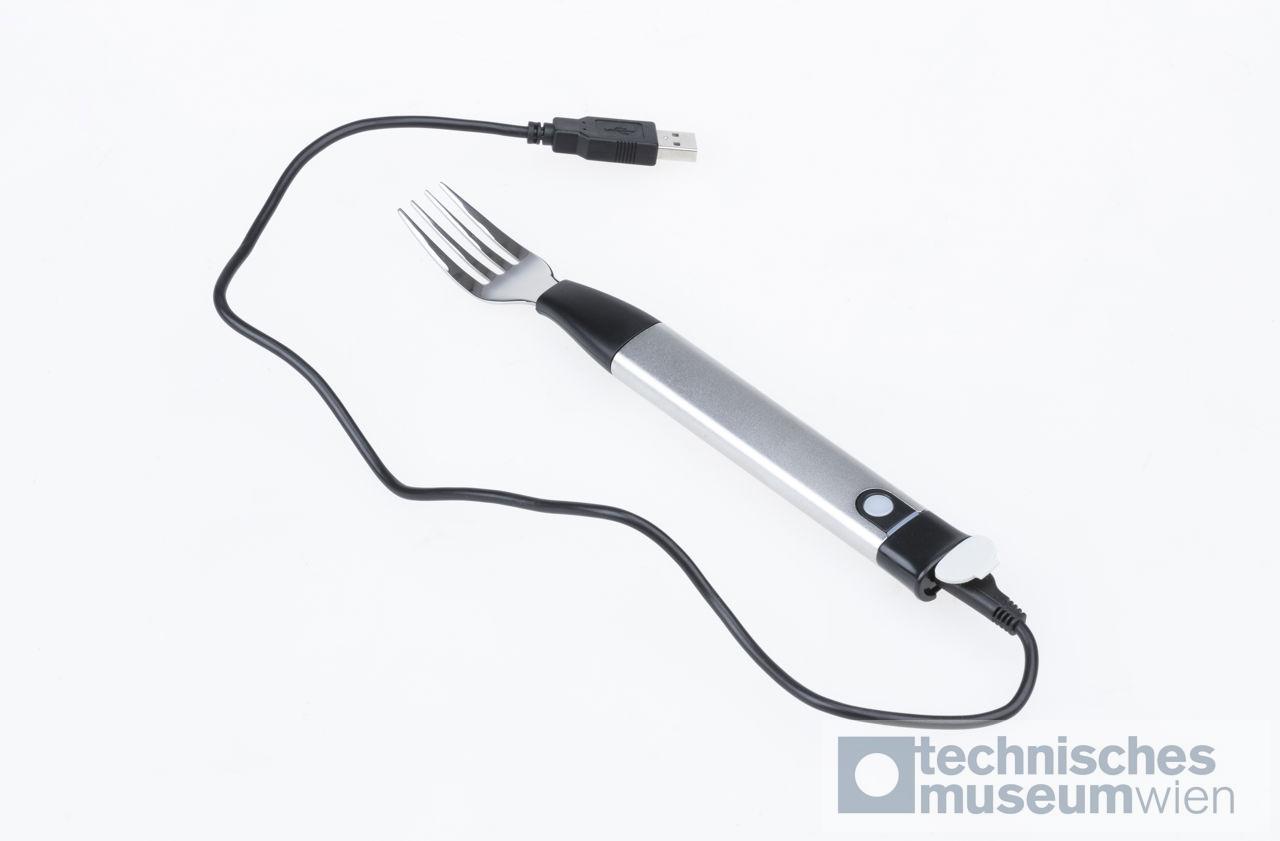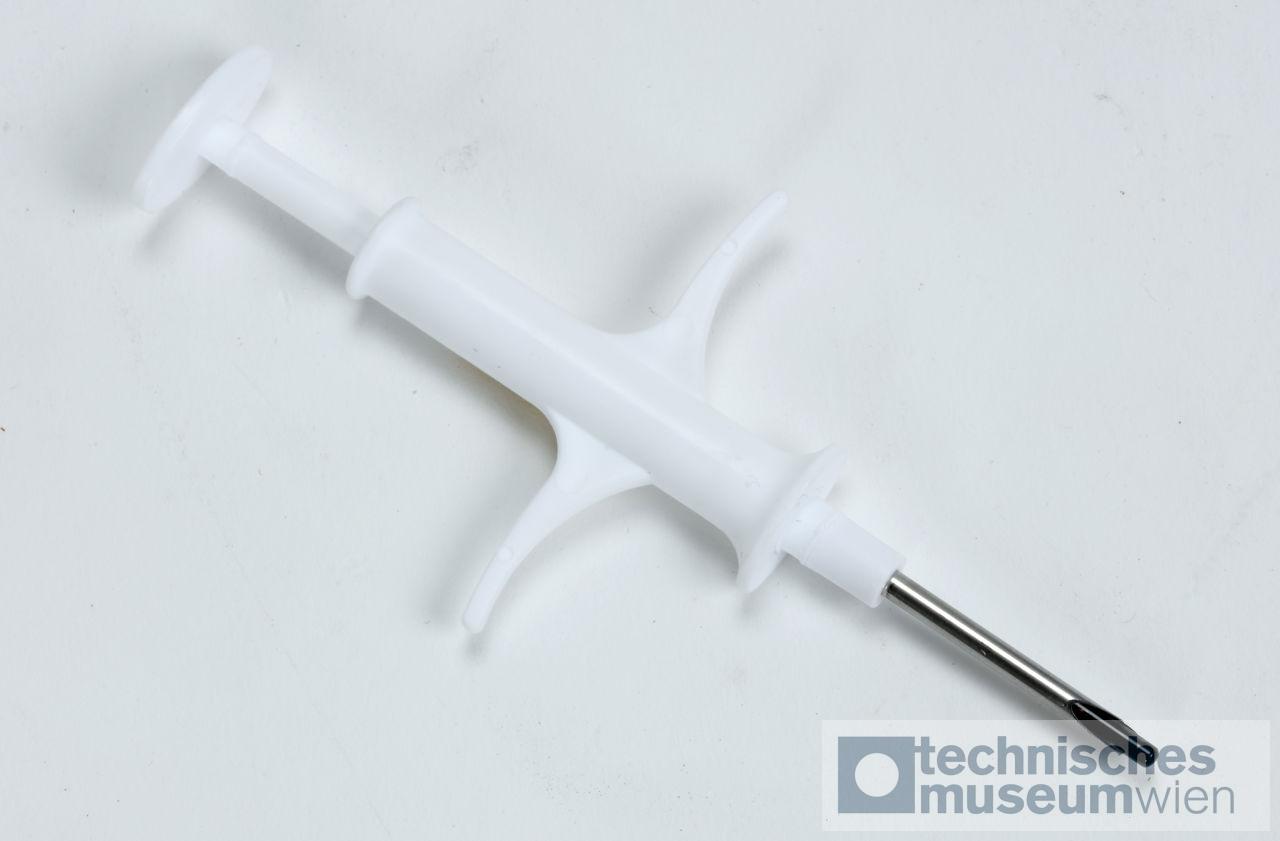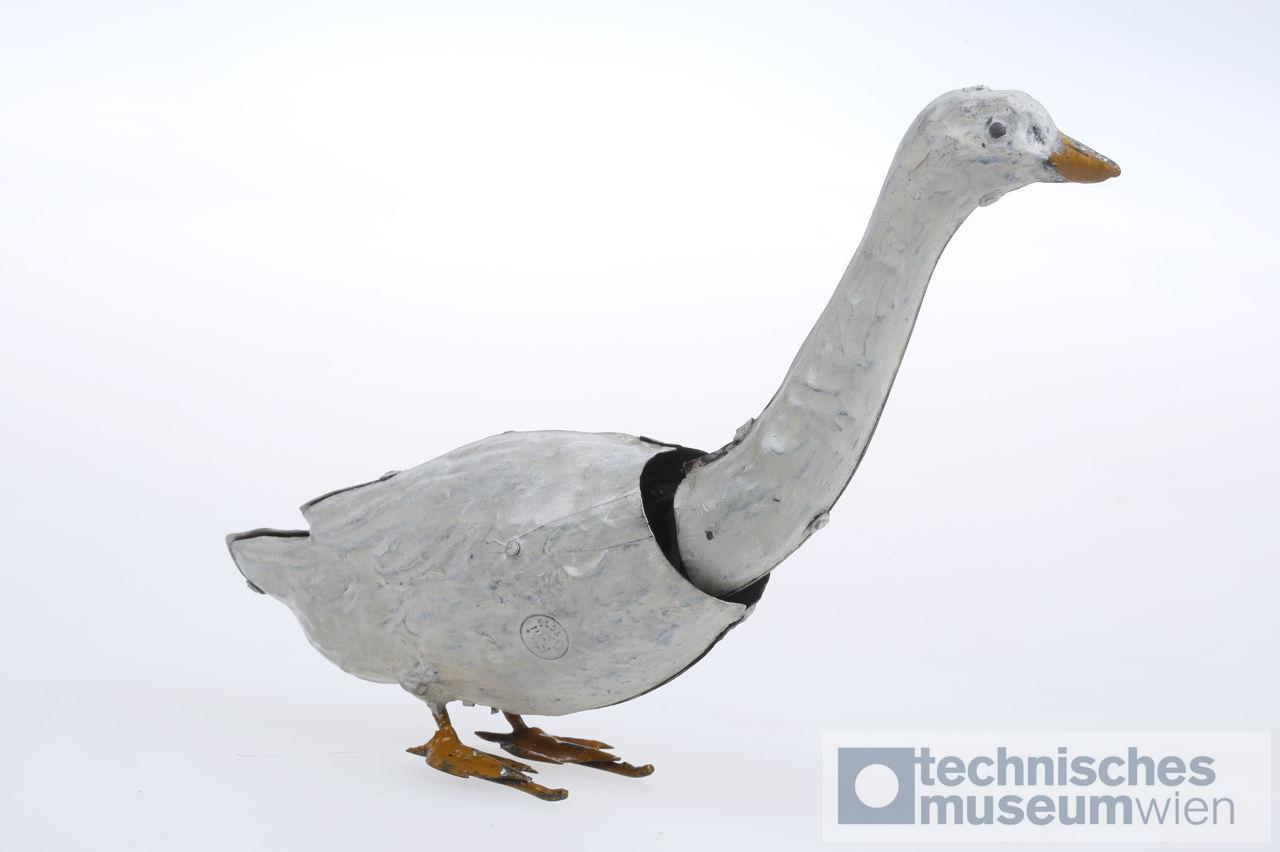We turn on a light source to illuminate a room – and also to feel safe. We measure people and their movements and arrange workplaces, living spaces, buildings and even towns accordingly. We use vacuum cleaners and pesticides in an attempt to protect ourselves from dust and pests, respectively. We dispose of rubbish and remove our human waste products from sight by flushing the toilet. Since devices have been powered by small electric motors, we have moved through our everyday environment differently than we used to. We process building materials and foods so that we can use them and preserve them for as long as possible.
The operation of technical devices is done according to obvious patterns of action, and we rarely ask about their significance for us and our everyday lives. Do we “just” use technology or is the way we are dealing with devices an expression of our visions of how we want to live our lives? Is it just us that provide instructions for technology or does technology also supply us with instructions for our daily lives? And how does the gradual blurring of boundaries between technology and the human body affect our self-perception?
The relationship between people and technology is the central aspect of the Everyday life – directions for use exhibition, with the central fields of reference being the body, the home, the town and the environment. The exhibition focuses on the 19th and 20th centuries. Showcasing a multitude of historical objects and featuring an experience-oriented design, this exhibition offers exciting perspectives for all ages and fields of interest.
The operation of technical devices is done according to obvious patterns of action, and we rarely ask about their significance for us and our everyday lives. Do we “just” use technology or is the way we are dealing with devices an expression of our visions of how we want to live our lives? Is it just us that provide instructions for technology or does technology also supply us with instructions for our daily lives? And how does the gradual blurring of boundaries between technology and the human body affect our self-perception?
The relationship between people and technology is the central aspect of the Everyday life – directions for use exhibition, with the central fields of reference being the body, the home, the town and the environment. The exhibition focuses on the 19th and 20th centuries. Showcasing a multitude of historical objects and featuring an experience-oriented design, this exhibition offers exciting perspectives for all ages and fields of interest.
Virology focus: expansion of the permanent exhibition
As part of a virology focus in November 2023, the Technisches Museum Wien expands the permanent exhibition Everyday life to include a new section. This addition Bacteriology and Virology explores the question of how we humans have responded to the discovery of microorganisms that populate not only our whole world, but also our own bodies. The realisation that microbes can have both deadly and beneficial effects has sparked extensive research activity, which, then as now, is strongly influenced by medical technology developments. The new exhibition area also addresses the fact that some of the reactions to this discovery go far into the realm of superstition. Teenagers & Adults
LATEST

Discover the photo installation featuring large-format prints by Johannes Hloch, created to commemorate the 150th anniversary of the Vienna High Spring Water Aqueduct. The exhibition showcases the technically impressive architecture of the waterway, seamlessly integrated into its surroundings. This installation is part of the Everyday Life exhibition and will be on view until October 2027.
Events Explore this exhibition
Sat 26.04.11:00–12:00
Kids & Family
Age 7 to 12
Guided Tour
22 tickets available
€ 6,50
Sat 17.05.11:00–12:00
Kids & Family
Age 7 to 12
Guided Tour
24 tickets available
€ 6,50
Thu 29.05.11:00–12:00
Kids & Family
Age 7 to 12
Guided Tour
25 tickets available
€ 6,50
Sat 31.05.11:00–12:00
Kids & Family
Age 7 to 12
Guided Tour
25 tickets available
€ 6,50






